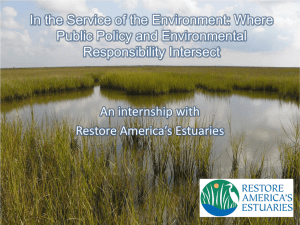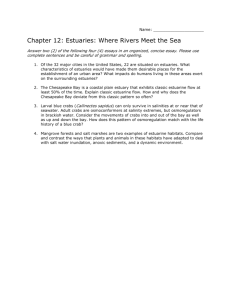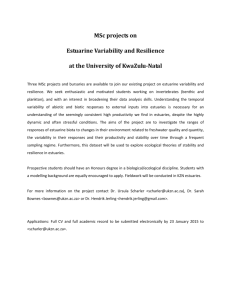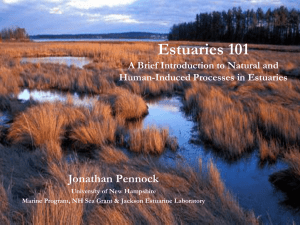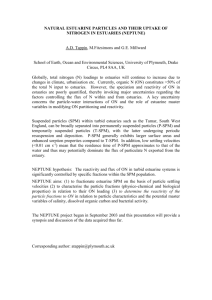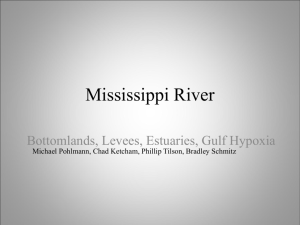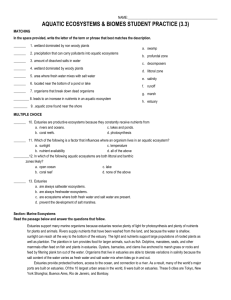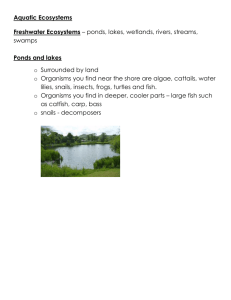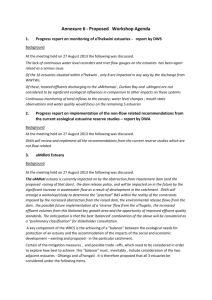pices 10387_Na
advertisement
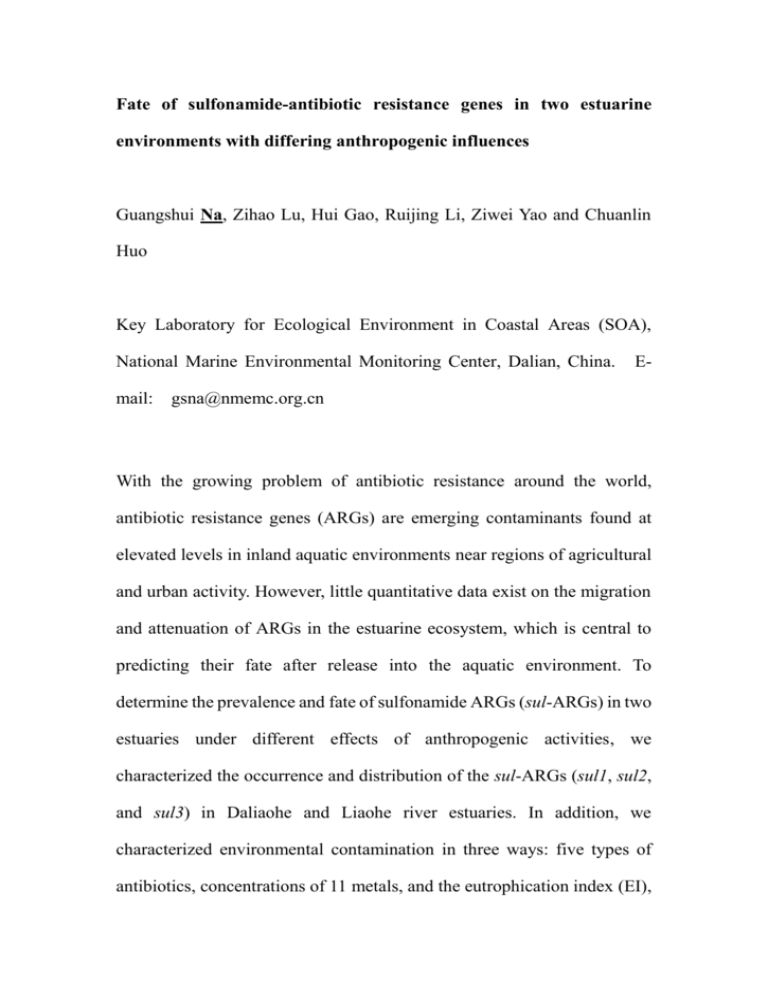
Fate of sulfonamide-antibiotic resistance genes in two estuarine environments with differing anthropogenic influences Guangshui Na, Zihao Lu, Hui Gao, Ruijing Li, Ziwei Yao and Chuanlin Huo Key Laboratory for Ecological Environment in Coastal Areas (SOA), National Marine Environmental Monitoring Center, Dalian, China. E- mail: gsna@nmemc.org.cn With the growing problem of antibiotic resistance around the world, antibiotic resistance genes (ARGs) are emerging contaminants found at elevated levels in inland aquatic environments near regions of agricultural and urban activity. However, little quantitative data exist on the migration and attenuation of ARGs in the estuarine ecosystem, which is central to predicting their fate after release into the aquatic environment. To determine the prevalence and fate of sulfonamide ARGs (sul-ARGs) in two estuaries under different effects of anthropogenic activities, we characterized the occurrence and distribution of the sul-ARGs (sul1, sul2, and sul3) in Daliaohe and Liaohe river estuaries. In addition, we characterized environmental contamination in three ways: five types of antibiotics, concentrations of 11 metals, and the eutrophication index (EI), against which we explored correlations with sul-ARGs. Results showed that sul-ARGs were widespread in Daliaohe and Liaohe River estuaries, although the concentrations of sulfonamides were very low. The distribution of sul-ARGs was affected by continental-oceanic interaction, and no significant correlations existed between sul-ARGs and antibiotic residues. Nevertheless, the trend in change of concentrations of sul-ARGs differed between the two estuaries. Analysis of the results indicated that several metals were significantly and positively correlated with sul-ARGs. Pearson’s correlation coefficients were higher than those determined between antibiotic residues and sul-ARGs. Meanwhile, the relative abundance of sul-ARGs was positively correlated with the relative abundance of int1 which suggested that the propagation of sul-ARGs was facilitated by class 1 integrons in estuaries.
